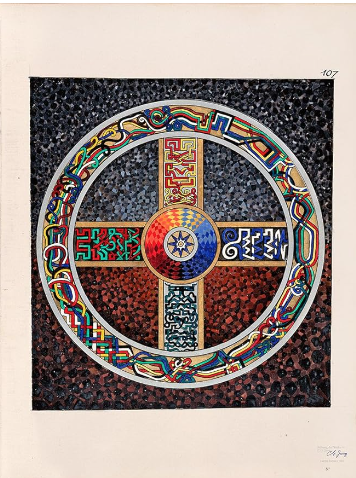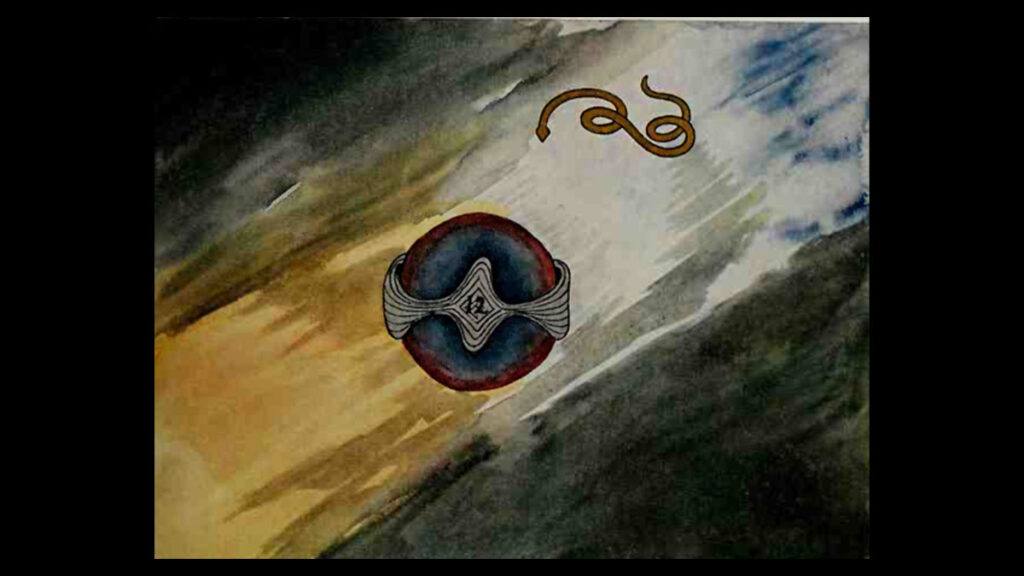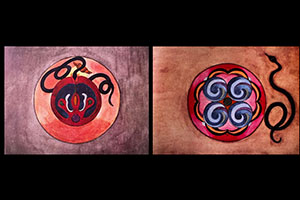
In the products of the unconscious we discover mandala symbols, that is, circular and quaternity figures which express wholeness, and whenever we wish to express wholeness, we employ just such figures.
C.G. Jung
C.G. Jung, On Mandala Symbols
The figure of the yogi, then, would more or less represent my unconscious prenatal wholeness, and the Far East, as is often the case in dreams, a psychic state alien and opposed to our own.
Like the magic lantern, the yogi’s meditation “projects” my empirical reality.
As a rule, we see this causal relationship in reverse: in the products of the unconscious we discover mandala symbols, that is, circular and quaternary figures which express wholeness, and whenever we wish to express wholeness, we employ just such figures.
Our basis is ego-consciousness, our world the field of light centered upon the focal point of the ego.
From that point we look out upon an enigmatic world of obscurity, never knowing to what extent the shadowy forms we see are caused by our consciousness, or possess a reality of their own.
The superficial observer is content with the first assumption. But closer study shows that as a rule the images of the unconscious are not produced by consciousness, but have a reality and spontaneity of their own.
Nevertheless, we regard them as mere marginal phenomena.
C.G. Jung
Memories, Dreams, Reflections — Page 459



